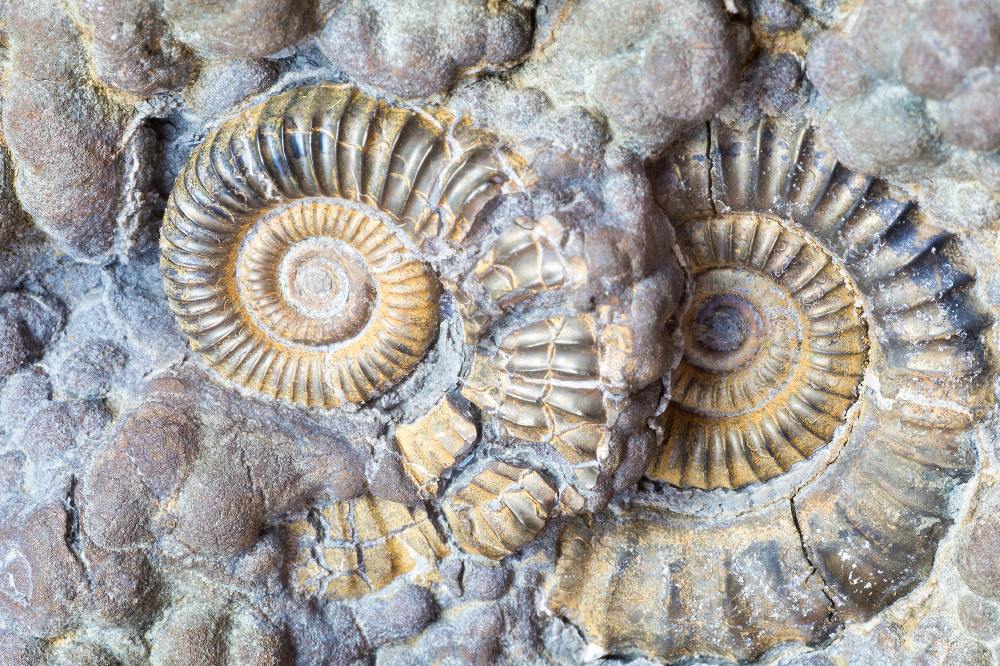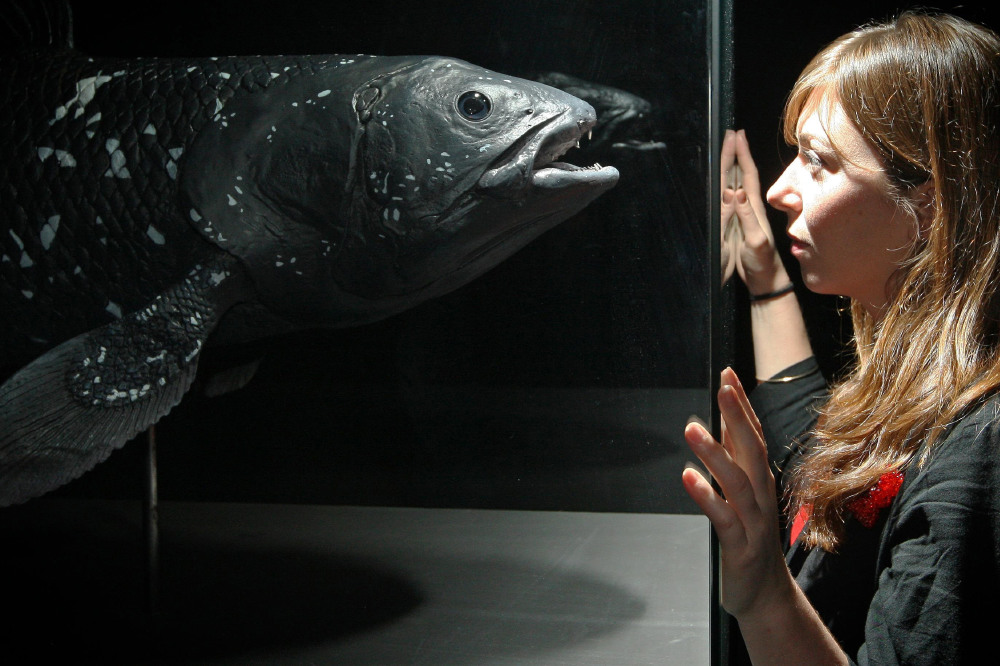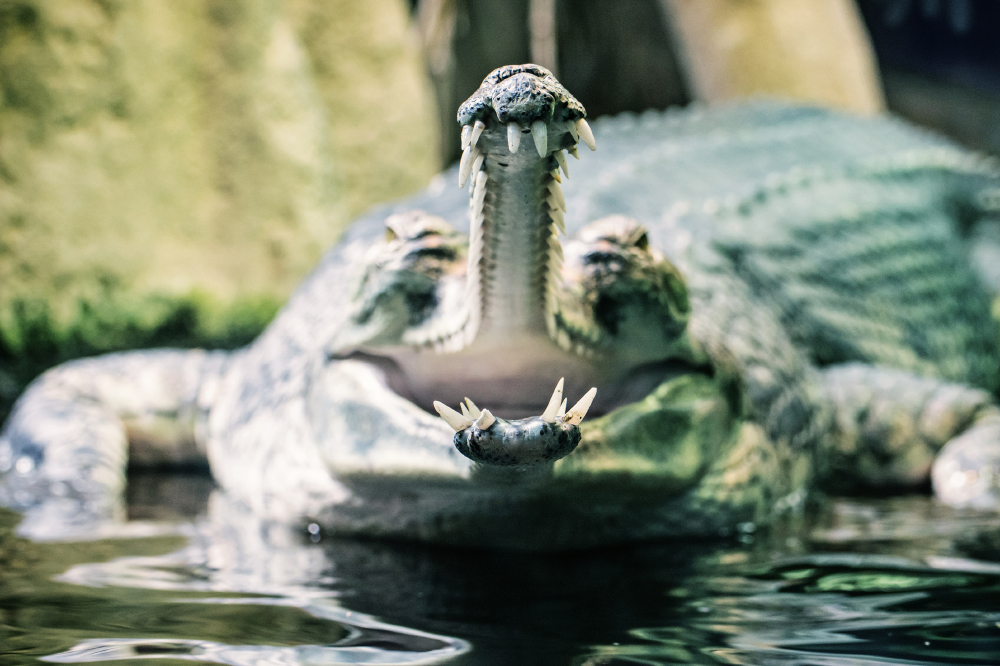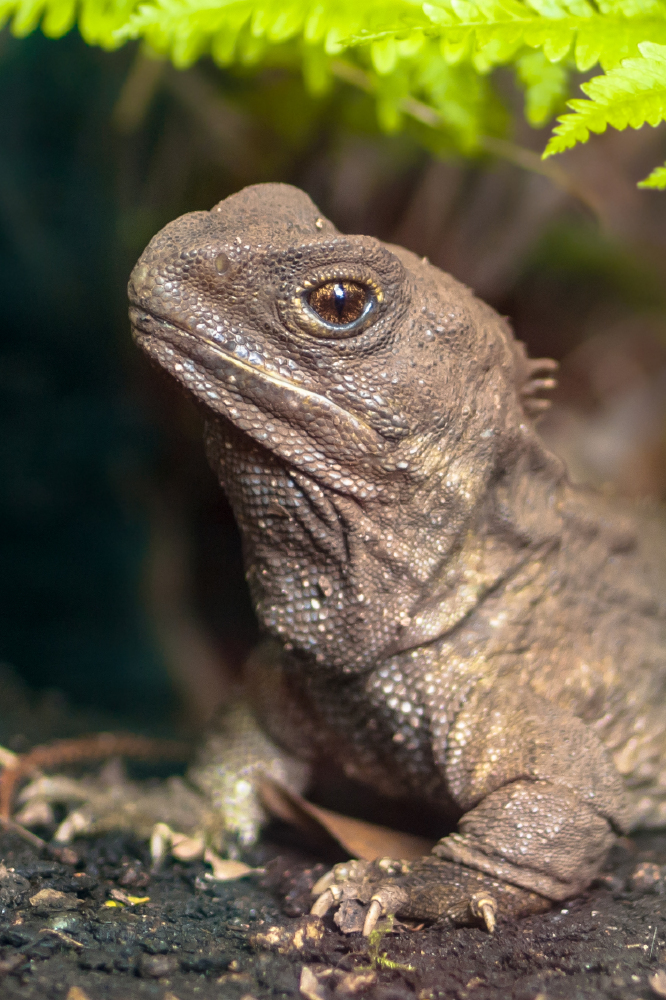Ancient, mysterious, and extraordinarily weird – these are the creatures widely known as “living fossils”.

7 animals you won’t believe still exist
Though coined by Charles Darwin himself, the moniker is slightly misleading, as all species undergo continual genetic change. None of these creatures are identical to their prehistoric counterparts – they’re just an awful lot more like them than we are.
Do you remember the TV show Walking With Dinosaurs? Some of these critters caught it first time round…
1. Coelacanth – Indian Ocean

Perhaps the most famous ‘living fossil’ of them all, the definitely-not-extinct coelacanth was swimming around Earth’s oceans literally before the rest of us had crawled out onto the land.
Remarkably unchanged for the last 400 million years, these deep-sea-dwelling survivalists have seen ice ages come and go, and witnessed four of Earth’s five great extinction events.
In gradual decline since the Triassic period, the long-suffering coelacanth was thought to have perished with the dinosaurs, until a valiant population was discovered off the coast of South Africa in 1938.
2. Shoebill – East Africa

A dino-bird from East Africa that viciously decapitates its prey, and quite literally hunts crocodiles, the shoebill is nearly as sinister as its beak is large. Recorded by the ancient Egyptians, the bird has only two known fossil relatives, and, though it’s thought to be closely related to the similarly ancient pelican, its taxonomic status remains murky.
There’s something positively primeval in the shoebill’s piercing gaze – with an emphasis on ‘evil’. When multiple chicks share a nest, the largest will often assault then eject the others, to passive parental approval. A young shoebill’s life goes as follows: Hatch, eat, murder siblings.
Though aggressive in the wild, in captivity the birds are reportedly quite friendly. We don’t care, we’re still terrified.
3. Gharial – India and Nepal

Crocodilians have an enduring image as living, breathing dinosaurs, and though that’s not strictly true, they certainly co-existed. Our current crocs – including caiman and alligators – go back around 85 million years, but their ancestors have been lurking on the world’s river banks for roughly 200 million.
Ancient relatives include the 12-metre, 8-tonne Sarcosuchus, and a giant, oceanic lizard with serrated teeth that spent its life at sea.
We could have picked any of these apex predators, but gharials just look that little bit more primordial. Somewhere between an alligator and a narwhal, these pointy-jawed reptilians are now critically endangered, restricted to small patches of swampland in India and Nepal.
4. Horseshoe crab – Atlantic, Indian, and Pacific Oceans
With their spined tails and helmet-like carapaces, the humble horseshoe crab is a poster-child for the world’s most ancient animals, and is much more common on natural history programmes than in real life.
When they crawl en masse from the North Atlantic to mate, it’s hard not to feel transported to a less evolved time, and the crabs are thought to have diverged from their arachnid cousins more than 450 million years ago.
The 425 million-year-old dibasterium durgae already showed the modern horseshoe crab’s basic body shape, while the 150 million year old mesolimulus looks pretty much identical to its great-great-recurring-grandchildren.
When these arthropods first started trundling across the seafloor, the continents were in completely different places.
5. Duck-Billed Platypus – Australia
The duck-billed platypus doesn’t just look prehistoric, it looks borderline extra-terrestrial. Somewhere between a beaver and a mallard, fossil records suggest these Australian creatures have changed remarkably little in more than 100 million years.
With furry bodies, venomous spikes on their ankles, no nipples, and, famously, the ability to lay eggs, platypuses are ‘monotremes’ – an ancient group that straddles the boundary between mammal and reptile.
6. Goblin shark – Unknown distribution
The only surviving member of a 125 million year old lineage, goblin sharks are the stuff of nightmares. Their jaws extend like pincers from their bodies to snap shut around their prey, below a flat, pointed snout often compared to a sword.
Deep sea dwellers that roam vast stretches of seafloor, these sinister swimmers have yielded just a few sightings a year since their discovery in the late 1890s, and remain astonishingly similar to their prehistoric forebears.
There’s little point worrying about looks when you’re beyond the reaches of the sun, and oh how it shows.
7. Tuatara – New Zealand

There’s a lot more to the tuatara than your average skittish lizard. The sole survivor of an order dating back to the so-called ‘Age of Reptiles’ (the Mesozoic era – roughly 200 million and a bit years ago), this otherwise ordinary-looking animal didn’t just survive the dinosaurs, it arrived on the scene with them.
Roughly the length of a classroom ruler, the species is endemic to New Zealand, and now lives predominantly on islands in the South Pacific and the Cook Strait. Tuatara are nocturnal, occasionally cannibalistic, do not have penises, and can live to well over 100 years old.
Tagged in Animals

